Li Baoguo from China Agricultural University is a well-known soil scientist who has long been committed to the research, governance and protection of black soil in China's northeast. In today's series of "The core issue," CGTN met him in Lishu county, Jilin Province.
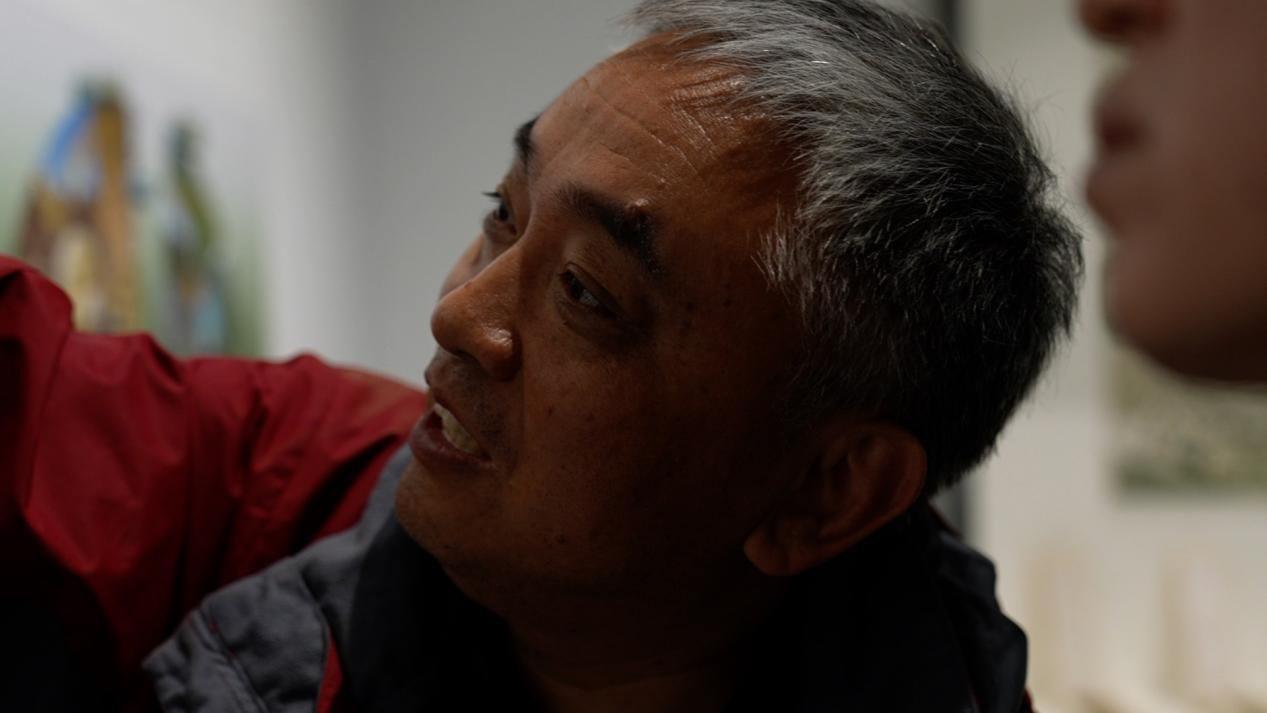
Li Baoguo from China Agricultural University is a well-known soil scientist who has long been committed to the research, governance and protection of black soil in China's northeast. /CGTN
Li Baoguo from China Agricultural University is a well-known soil scientist who has long been committed to the research, governance and protection of black soil in China's northeast. /CGTN
It takes 200 to 400 years to form just 1 centimeter of black soil - the most fertile land, but only a few decades to destroy it, according to research.
Black soil, or chernozem soil, found in China's northeast produces about a quarter of the country's total grain output. For Professor Li, it is the pillar of the country's food security. But the shocking truth is that, after years of excessive reclamation, the thickness of the soil has dropped from 60 to 70 centimeters in the 1950s to just 20 to 30 cm at present.
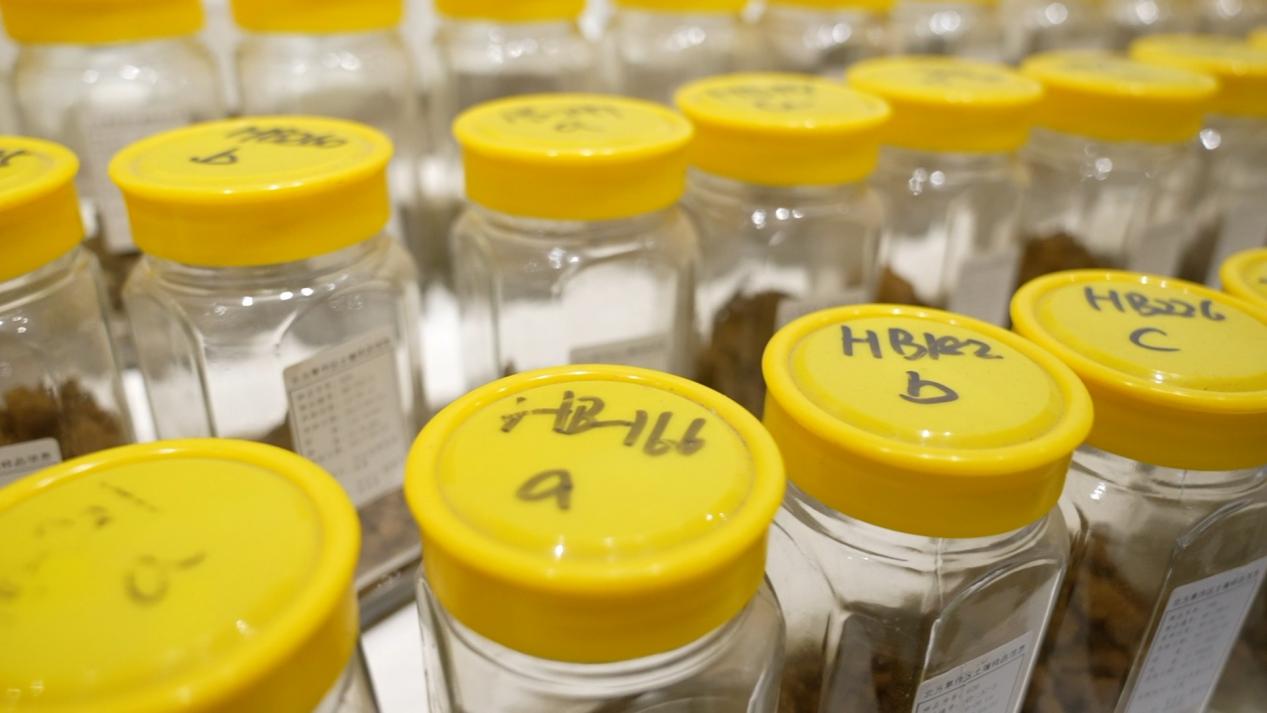
Black soil, or chernozem soil, found in China's northeast produces about a quarter of the country's total grain output. /CGTN
Black soil, or chernozem soil, found in China's northeast produces about a quarter of the country's total grain output. /CGTN
In 2009, Li Baoguo and his students established a black soil protection station in Lishu. After years of research and cooperation with the Chinese Academy of Sciences and the county agricultural technology station, they devised their own model of conservation farming - the Lishu model.
Professor Li's sole purpose for building the station was to monitor changes in the local agricultural climate and soil conditions. But soon he discovered that the problem of black soil degradation was more serious than he could have imagined.
"When I first got here in winter 2008, I found that the land was very bare, the straw was basically removed and burned, and the soil was exposed. 'It cannot be like this,' I said to myself. From that moment, I decided to stay here and do something," said Li Baoguo.
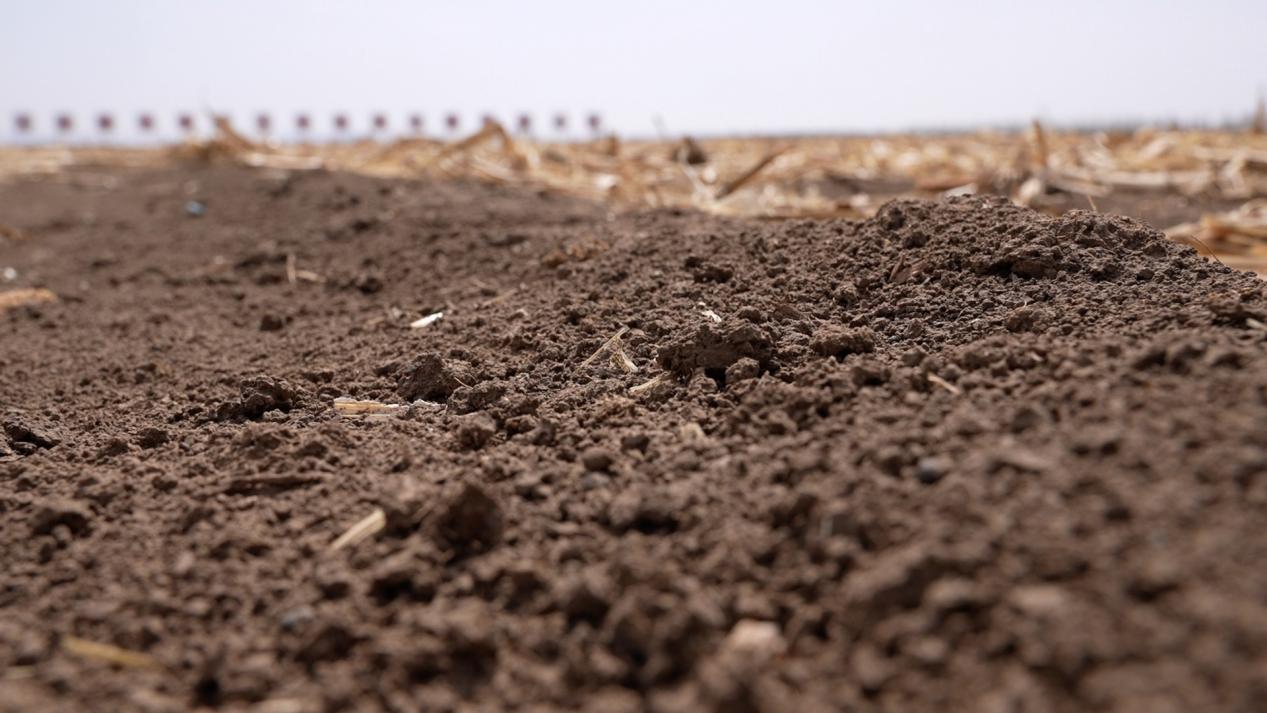
It takes 200 to 400 years to form just 1 cm of black soil - the most fertile land, but only a few decades to destroy it, according to research. /CGTN
It takes 200 to 400 years to form just 1 cm of black soil - the most fertile land, but only a few decades to destroy it, according to research. /CGTN
During President Xi's visit to Jilin Province in 2020, Professor Li grabbed President Xi's attention by explaining the layer, which was originally 60 centimeters thick, had been shrinking by about 3 millimeters per year since the land was brought under cultivation during the end of the Qing Dynasty.
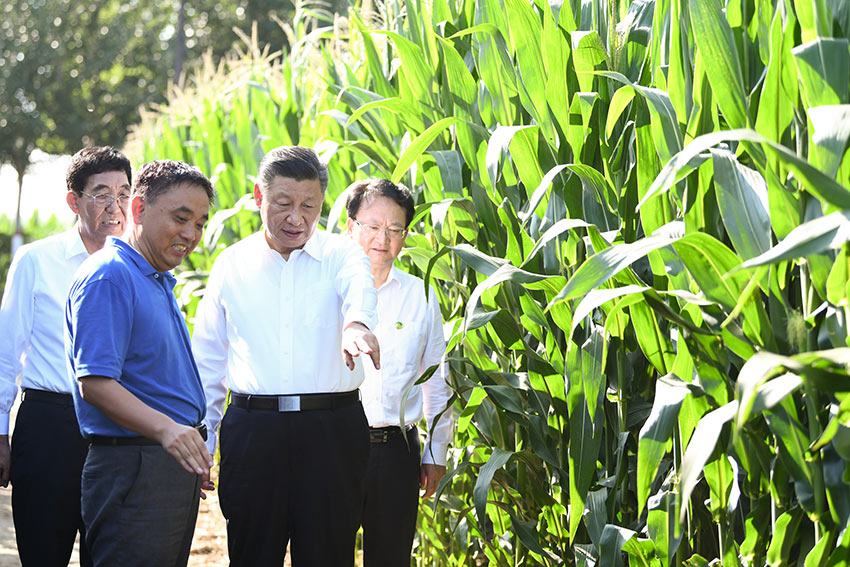
During President Xi's visit to Jilin Province in 2020, Professor Li grabbed President Xi's attention by explaining the layer, which was originally 60 centimeters thick, had been shrinking by about 3 millimeters per year. /CGTN
During President Xi's visit to Jilin Province in 2020, Professor Li grabbed President Xi's attention by explaining the layer, which was originally 60 centimeters thick, had been shrinking by about 3 millimeters per year. /CGTN
The president anxiously replied: "The black soil would disappear in decades without effective protection measures." Prof. Li then introduced the solution to the core issue, namely the Lishu model for protecting the black soil.
"President Xi once said, northeastern China should be setting a role model for promoting agricultural modernization. Based on my experience, ensuring food security is the prerequisite of agricultural modernization, and only with conservation measures can the grain output be secured." Prof. Li told CGTN.
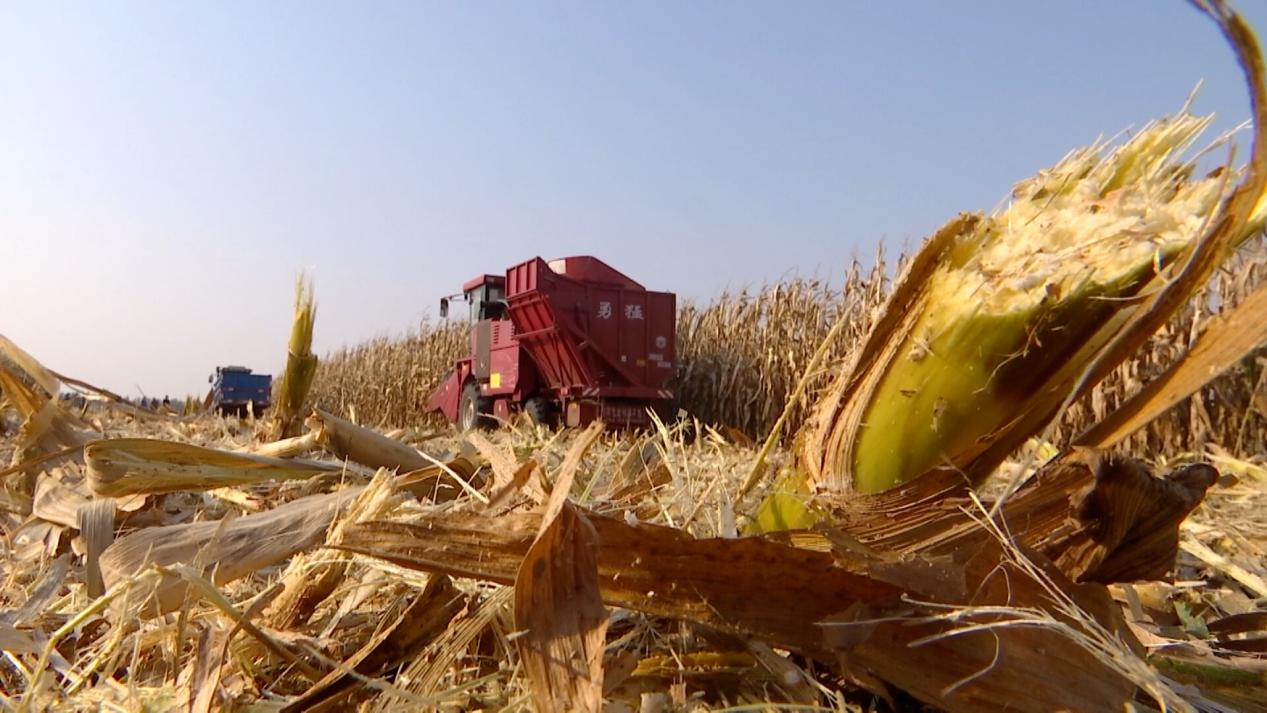
Under the Lishu model, corn stalks are left to the land which functions as a protective quilt. The stalks stop the soil from drying out when they decompose and maintain both fertility and moisture. /CGTN
Under the Lishu model, corn stalks are left to the land which functions as a protective quilt. The stalks stop the soil from drying out when they decompose and maintain both fertility and moisture. /CGTN
Under the Lishu model, corn stalks are left to the land which functions as a protective quilt. The stalks stop the soil from drying out when they decompose and maintain both fertility and moisture. President Xi gave the model his full approval, remarking that "it would be worth summing up the Lishu model." And today, the model is being implemented across Jilin Province.
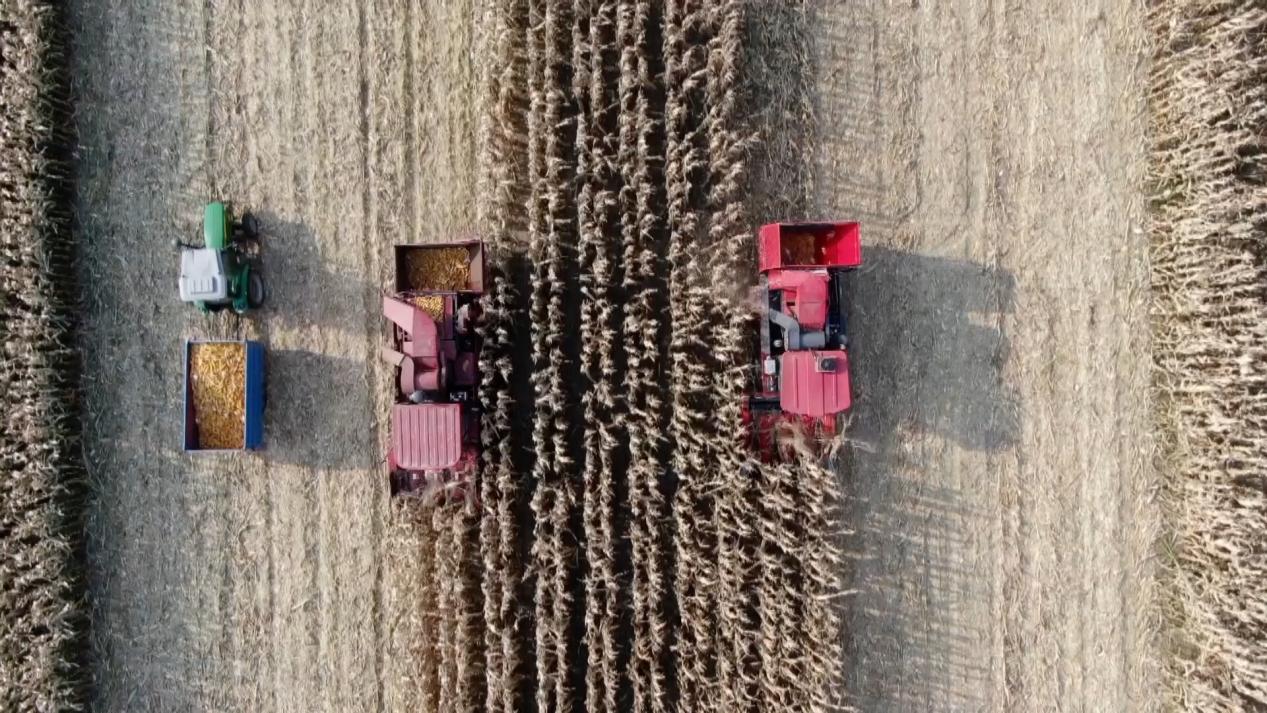
President Xi gave the model his full approval, remarking that "it would be worth summing up the Lishu model." And today, the model is being implemented across Jilin Province. /CGTN
President Xi gave the model his full approval, remarking that "it would be worth summing up the Lishu model." And today, the model is being implemented across Jilin Province. /CGTN
Prof. Li told CGTN at the end of our visit: "At first, farmers saw conservation tillage with the model as 'lazy farming,' because they believed that croplands needed to be plowed and stalks must be removed. But after years of experiments, yields are now similar to that of traditionally cultivated land, and even exceeds them in dry years."